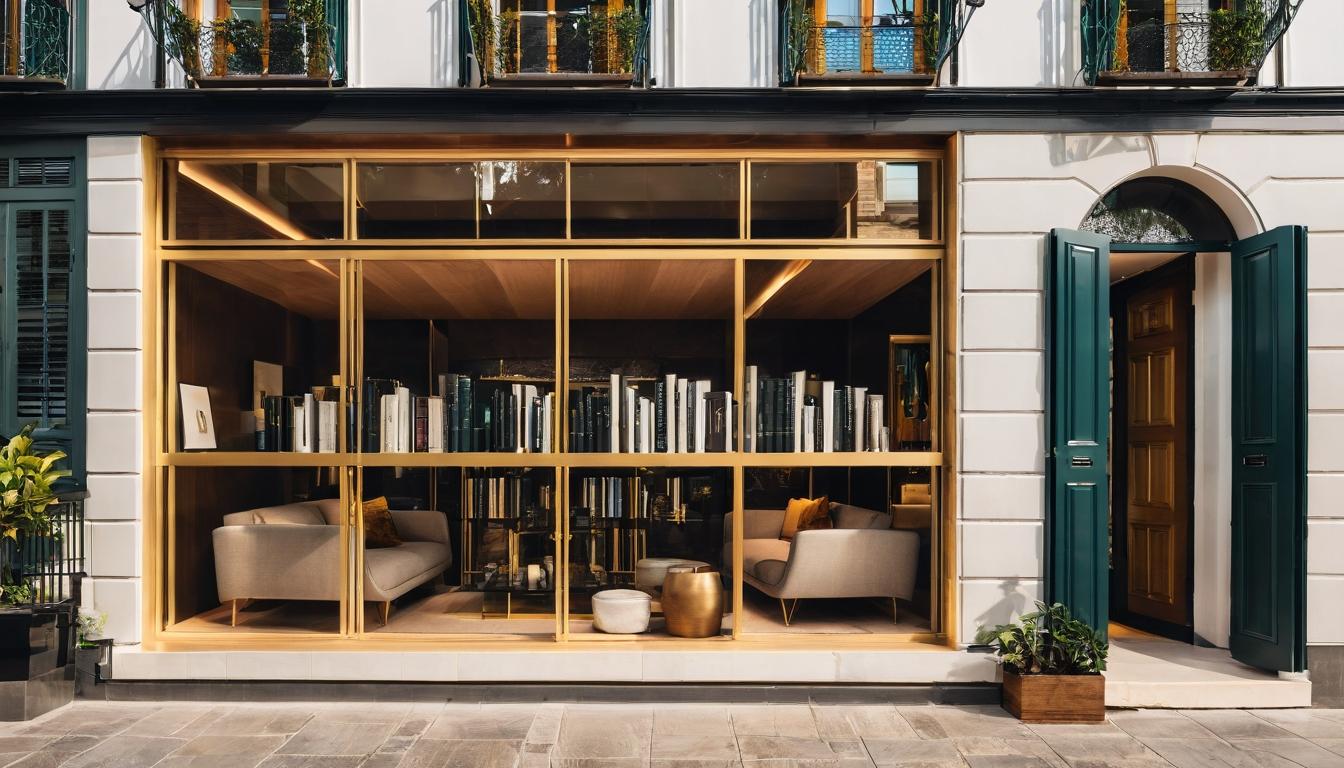In the hallowed halls of Parisian ateliers and Milanese showrooms, a seismic shift is occurring beneath the surface of silk and sequins. The world's most prestigious fashion houses, long criticized for their environmental footprint and opaque supply chains, are undergoing what industry insiders are calling 'the great reckoning.' This isn't about token sustainability capsules or greenwashed marketing campaigns—this is a fundamental reimagining of what luxury means in an era of climate consciousness.
At the heart of this transformation lies a new generation of creative directors who've traded exclusivity for transparency. Phoebe Philo's highly anticipated return to fashion wasn't just celebrated for its minimalist aesthetic—industry watchers noted her commitment to traceable materials and local production. Her collection's price tags came with unprecedented documentation: where the wool was sourced, which artisans crafted the garments, even the carbon footprint of each piece. This level of disclosure would have been unthinkable five years ago, when mystery was part of luxury's allure.
The change extends beyond independent designers to the conglomerates that dominate fashion. LVMH recently announced its '360° Sustainability Initiative,' requiring all 75 houses under its umbrella to achieve full supply chain transparency by 2026. The move came after internal audits revealed that even the most prestigious brands struggled to identify the origins of nearly 30% of their materials. 'We can no longer claim excellence while ignoring how our products come to life,' explained CEO Bernard Arnault in a surprisingly candid shareholders meeting.
What makes this shift remarkable isn't just the environmental impact—it's the business case that's driving it. Contrary to industry fears that sustainability would compromise profitability, the opposite appears true. Brands that have embraced radical transparency, like Stella McCartney and Gabriela Hearst, are reporting higher profit margins despite increased production costs. Their secret? Consumers are willing to pay premiums for products with proven ethical credentials, and these brands have cultivated fiercely loyal communities around their values.
The technological innovations enabling this revolution are equally fascinating. Blockchain technology, once associated primarily with cryptocurrencies, is now tracking handbags from ranch to runway. QR codes sewn into garments allow customers to access detailed histories of their purchases—from the farm that grew the cotton to the artisan who stitched the seams. This isn't just marketing; it's creating an entirely new relationship between consumers and their clothing, transforming disposable fashion into documented heirlooms.
Yet challenges remain. The push for sustainability has exposed uncomfortable truths about luxury's dependence on artisan communities. In regions like India and Italy, where skilled embroiderers and leather workers have supplied European houses for generations, questions about fair wages and working conditions are finally being addressed. Some brands have responded by bringing production in-house, while others are establishing partnerships that guarantee living wages and preserve traditional techniques.
The most surprising development might be how sustainability is reshaping fashion aesthetics. The 'quiet luxury' trend isn't just about neutral colors and simple silhouettes—it's about designing garments meant to last decades rather than seasons. Designers are experimenting with regenerative materials, from algae-based textiles to leather alternatives grown from mushroom roots. These innovations aren't hidden; they're celebrated as part of the product's story, making sustainability itself a luxury feature.
As fashion weeks adapt to this new reality, the changes are visible beyond the collections. Shows are becoming carbon-neutral events, with brands offsetting travel emissions and utilizing digital presentations to reduce their footprint. Front rows feature environmental activists alongside celebrities, and after-parties showcase zero-waste catering. The industry that once epitomized excess is learning that restraint can be the ultimate luxury.
This transformation represents more than just environmental responsibility—it's a cultural recalibration of what we value. In an age of information overload, knowing exactly what we're buying and who made it has become the new status symbol. The luxury fashion industry, often seen as resistant to change, is proving that even the most established traditions can evolve when vision, ethics, and commerce align.
The quiet revolution of sustainable luxury: how fashion's elite are rewriting the rules

